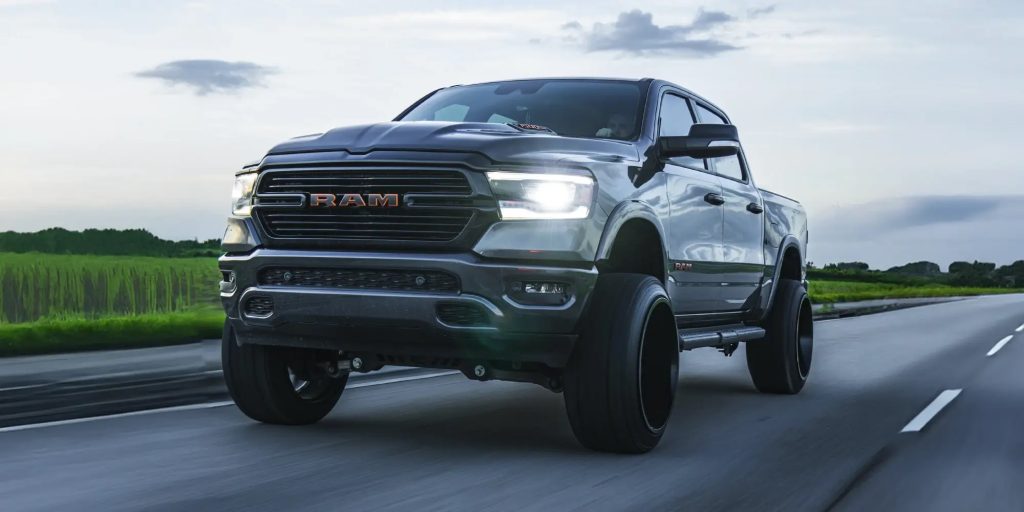Indiana’s Department of Transportation is teaming up with Purdue University and legendary equipment brand Cummins to test in-road, in-motion charging for electric vehicles.
The Indiana DOT (INDOT) plans to set aside a quarter-mile-long strip of US 231/US 52 between Cumberland Avenue and Lindberg Road in West Lafayette, near INDOT’s West Lafayette Subdistrict office. That quarter-mile strip will be fitted with transmitter coils installed in specially dedicated lanes underneath the otherwise “normal” concrete pavement. The coils would then send power “up” to receiver coils attached to the underside of an EV to test how well a patent-pending in-road charging system designed by Purdue engineers can provide power to a heavy duty electric truck traveling at highway speeds.
“Indiana is known as the Crossroads of America and we’re committed to fortifying our position as a transportation leader by innovating to support the emerging vehicle technology,” said Indiana Governor, Eric J. Holcomb, in a statement. “This partnership to develop wireless charging technology for highways sends a strong signal that Indiana is on the leading edge of delivering the infrastructure needed to support the adoption of electric vehicles.”
Specifically an all-electric semi built for the purpose by Cummins.
Yes, that Cummins

Cummins has been in the news recently for recalling 600,000 Cummins-powered Ram trucks as part of a huge, $2 billion settlement with both federal and California authorities for using illegal software to cheat the results of diesel emissions tests. But, while that’s problematic (at best), it’s worth noting that Cummins has been making big moves to electrify its power unit offerings.
Those moves include investing hundreds of millions of dollars in a huge battery cell factory for electric trucks in Mississippi as part of a JV with Daimler Trucks and Kenworth parent company PACCAR … which may raise the question of why Cummins (who doesn’t manufacture trucks), and not PACCAR (currently the only OEM to offer wireless charging through its dealers) was chosen to partner with INDOT here, but no one asked us.
The INDOT in-road charging project is part of the Advancing Sustainability through Power Infrastructure for Road Electrification (ASPIRE) Initiative, an Engineering Research Center funded by the National Science Foundation (NSF), and involves the collaboration of universities, government laboratories, businesses, and other stakeholders developing next-generation charging technologies for the electrification of Transportation vehicles of all classes.
Electrek’s Take

If you feel like you’ve read about electric roads and in-motion charging before, you’re right. Sweden announced a permanent electric road back in 2023, and even that project followed years of testing of similar projects all across Europe. There’s probably one in Japan, too.
The real question, I think, isn’t whether or not the concept works — it’s whether or not we need it, thanks to rapidly developing battery technology. That said, the Purdue Boilermakers are smart. Our readers are super smart too, though, so head on down to the comments and let us know what you think.
FTC: We use income earning auto affiliate links. More.



